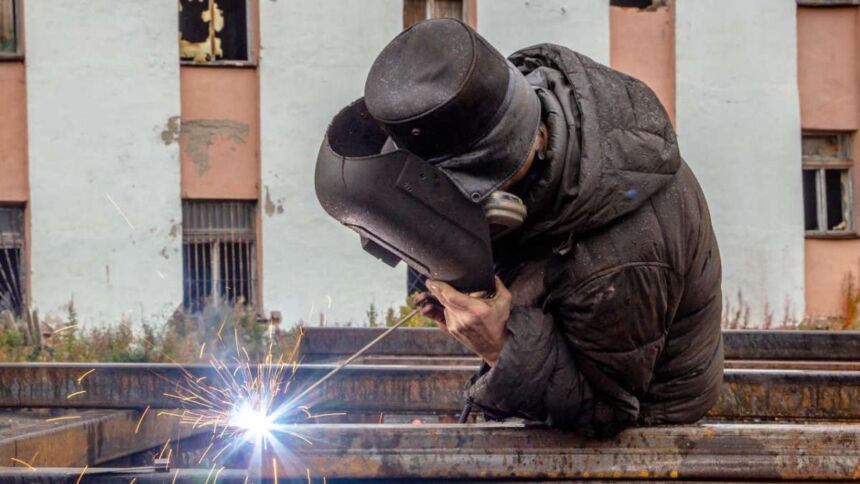What is Metal Fabrication?
Metal fabrication is a versatile and essential process in the manufacturing sector. It involves transforming raw materials into various structures and components through cutting, bending, welding, and finishing.
This article delves into the world of metal fabrication, its applications, and the potential market in the United States.
The Metal Fabrication Process
The metal fabrication process starts by cutting raw materials, such as sheets, bars, or rods, into the desired shapes and sizes. Cutting methods include sawing, shearing, and laser cutting. The cut pieces are then bent or formed into specific shapes using press brakes, rollers, or other forming equipment.
Welding is the next step, where the pieces are joined together to create the final product. Various welding techniques, such as MIG, TIG, and stick welding, can be used depending on the materials and required precision.
Finally, the finished product undergoes finishing processes, such as painting, powder coating, or plating, to enhance its appearance and durability.
Applications of Metal Fabrication
Fabrication is prevalent in various industries, including automotive, aerospace, construction, and manufacturing. Manufacturers widely use it to make car frames, suspension components, and exhaust systems. The aerospace industry relies on metal fabrication for aircraft structures, engine components, and interior fittings.
The construction industry uses it for structural steel, architectural elements, and decorative features. In manufacturing, they use metal fabrication to produce machinery, equipment, and custom components.
The Potential Market in the United States
This market in the United States is thriving, with a strong demand for custom metal products and precision components. Every industry’s growth depends on several factors. It includes the increasing need for automation, the expansion of the construction sector, and the development of advanced materials.
A recent market research report predicts that the metal fabrication industry in the United States will experience a compound annual growth rate (CAGR) of 2.5% from 2021 to 2028, ultimately reaching a market size of $43.2 billion by 2028.
Factors Driving the Market in the United States
Several factors contribute to the growth of the metal fabrication market in the United States:
- Automation: The increasing demand for automation in various industries, such as manufacturing and logistics, drives the need for custom metal components and assemblies.
- Construction sector growth: The construction industry’s expansion, fueled by infrastructure development and commercial building projects, leads to increased demand for metal fabrication services.
- Advanced materials: The development of advanced materials, such as high-strength steels and lightweight alloys, creates opportunities for metal fabrication companies to offer innovative solutions.
- Sustainability: The growing emphasis on sustainability and energy efficiency in various industries encourages the adoption of techniques that minimize waste and optimize resource usage.
Read Also: Funnel Cake Factory
Conclusion
Metal fabrication is a vital process in the manufacturing sector, with a wide range of applications and significant growth potential in the United States. By staying updated on industry trends, adopting innovative techniques, and focusing on quality, companies can thrive in this competitive market.




